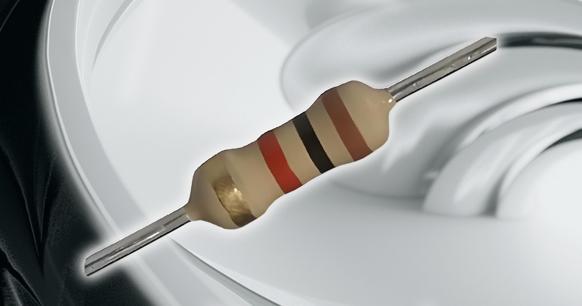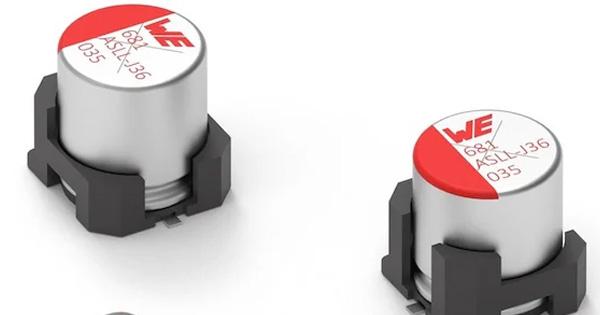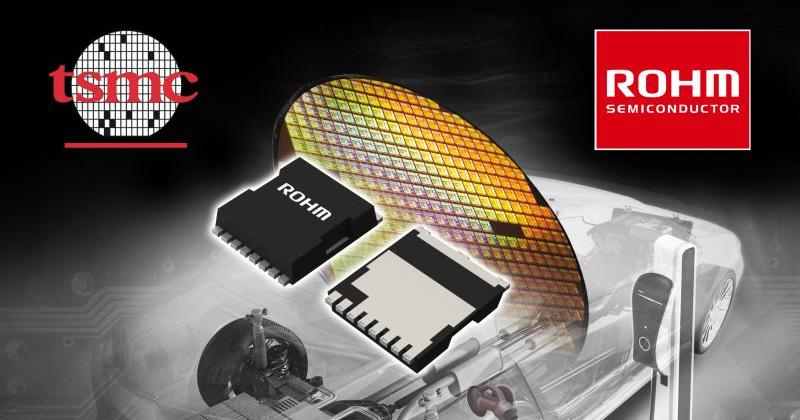
Understanding DC to AC Conversion: Essential Guide for Modern Power Applications
From the straightforward direct current (DC), known for its consistent flow, to the versatile yet complex alternating current (AC), the process of converting DC to AC is essential in powering our modern world. In this article, we’ll explore the reasons behind this conversion and its importance in various applications.
Get ready to dive into the fascinating world of DC to AC power conversion!
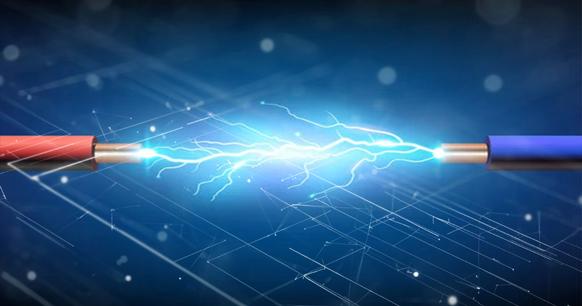
What are DC and AC Power?
What is DC Power?
DC power, or direct current, is a type of electrical current that flows in a single, consistent direction. It’s commonly found in batteries, solar panels, and various electronic devices.
Advantages of DC Power:
- Simplicity: DC power provides a constant voltage and current flow, making it simple to use.
- Energy Efficiency: There are minimal energy losses during transmission, which makes DC power energy-efficient.
- Ideal for Low-Voltage Applications: DC power is perfect for applications that require precise voltage control.
Disadvantages of DC Power:
- Limited Range: DC power is not effective for long-distance transmission.
- Power Loss: There is a significant loss of power over long distances.
- Voltage Conversion Challenges: It is not easily converted to other voltage levels.
- AC Requirement: Many devices require AC power, necessitating the use of a converter.
What is AC Power?
AC power, or alternating current, is a type of electrical current that periodically reverses direction. It is widely used for distributing power in homes, businesses, and various industrial settings.
Advantages of AC Power:
- Efficient Transmission: AC power can be transmitted over long distances with minimal losses.
- Voltage Conversion Flexibility: Transformers can easily convert AC power to different voltage levels.
- Widespread Use: Most electrical grids and devices are designed to operate on AC power.
Disadvantages of AC Power:
- Complexity: AC power systems are more complex than DC systems.
- Electromagnetic Interference: AC power is susceptible to electromagnetic interference.
- Safety Concerns: Fluctuating voltages in AC power systems can pose safety hazards.
- Inefficiency in Low Voltage Applications: AC power is less efficient for certain low-voltage applications.
How to Convert DC to AC Power
Converting DC to AC power involves using a device called an inverter. Inverters are designed to take the steady, one-directional flow of DC and convert it into the alternating flow of AC.
The Conversion Process: The conversion process is primarily managed by a component known as an 'H-bridge'. This electronic circuit changes the polarity of the voltage applied to a load, creating an alternating current. Here’s how it works:
- DC Power Source: Direct current flows from the power source (e.g., a battery) to the H-bridge.
- Polarity Switching: The H-bridge, controlled by transistors, switches the polarity of the DC power, creating an alternating pattern that simulates AC.
- Frequency Generation: This switching happens hundreds or thousands of times per second, often reaching frequencies as high as 70 kHz, closely mimicking the characteristics of AC power.
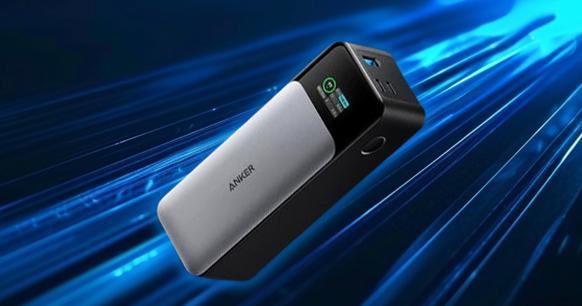
When you need to convert dc to ac power?
There are several situations where converting DC to AC power is necessary:
- Renewable Energy Systems: Solar panels generate DC electricity, but most homes and businesses use AC power. An inverter is needed to convert the DC power into AC for these systems.
- Electric Vehicles: While electric vehicles run on DC power, most charging stations supply AC power. An onboard charger converts this AC power into DC to charge the batteries.
- Uninterruptible Power Supplies (UPS): UPS systems provide backup power in the event of a power failure. The DC power from the batteries is converted into AC to run essential equipment.
- Off-Grid Living: Individuals living off the grid use batteries, solar panels, or wind turbines that generate DC power. To power household appliances, this DC power must be converted into AC.
- Home and Office Appliances: Most household and office appliances operate on AC power. If using a DC power source like a battery or solar panel, it must be converted into AC to run these appliances.
It's important to note that some small gadgets, like mobile phones, tablets, and earphones, are designed to be powered by DC power. Their chargers handle AC power sources directly and convert it to DC power for the device.
In all these scenarios, an inverter is used to convert DC power into the AC power required by most appliances. An inverter is a crucial piece of equipment that enables the use of DC power from batteries or other sources in systems that rely on AC power.


